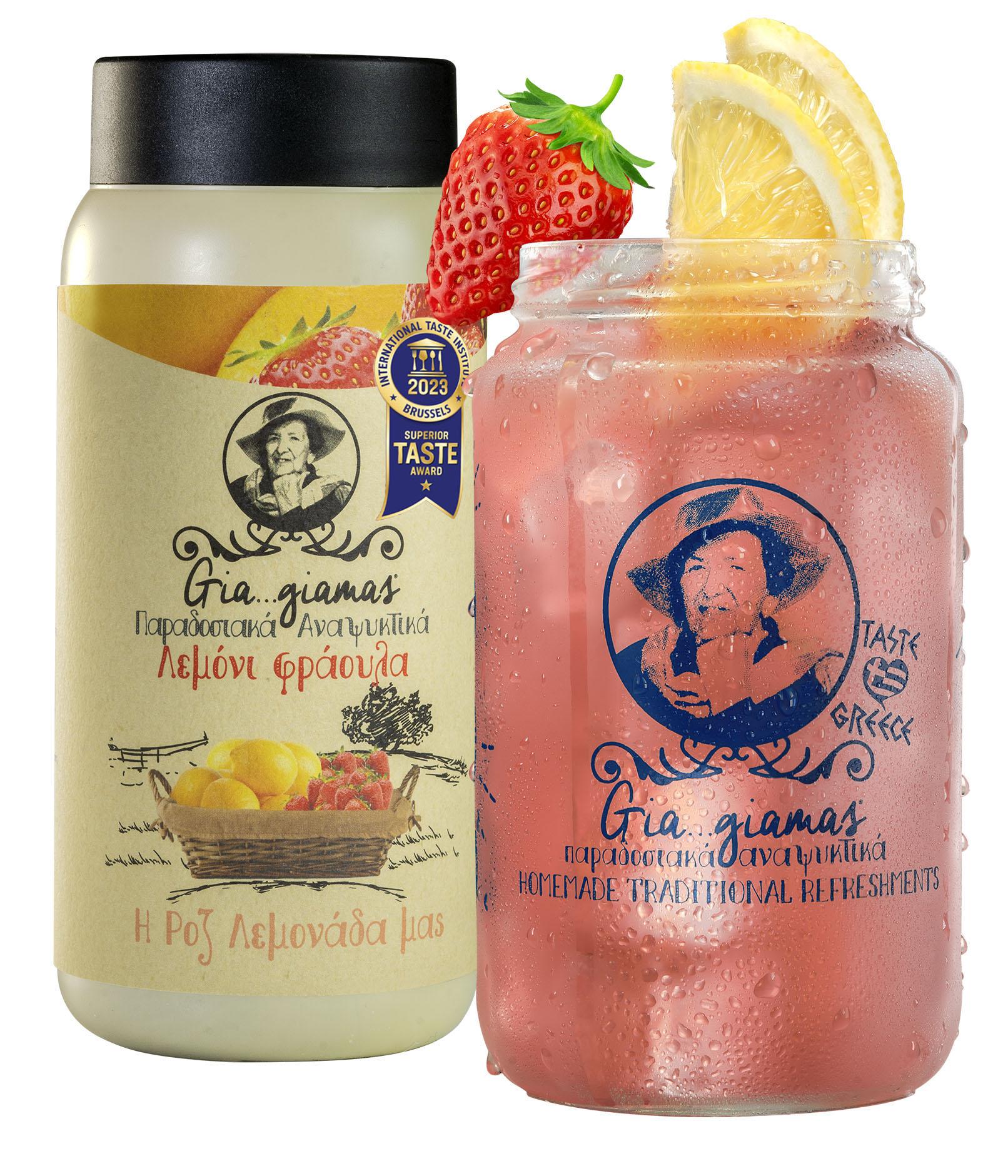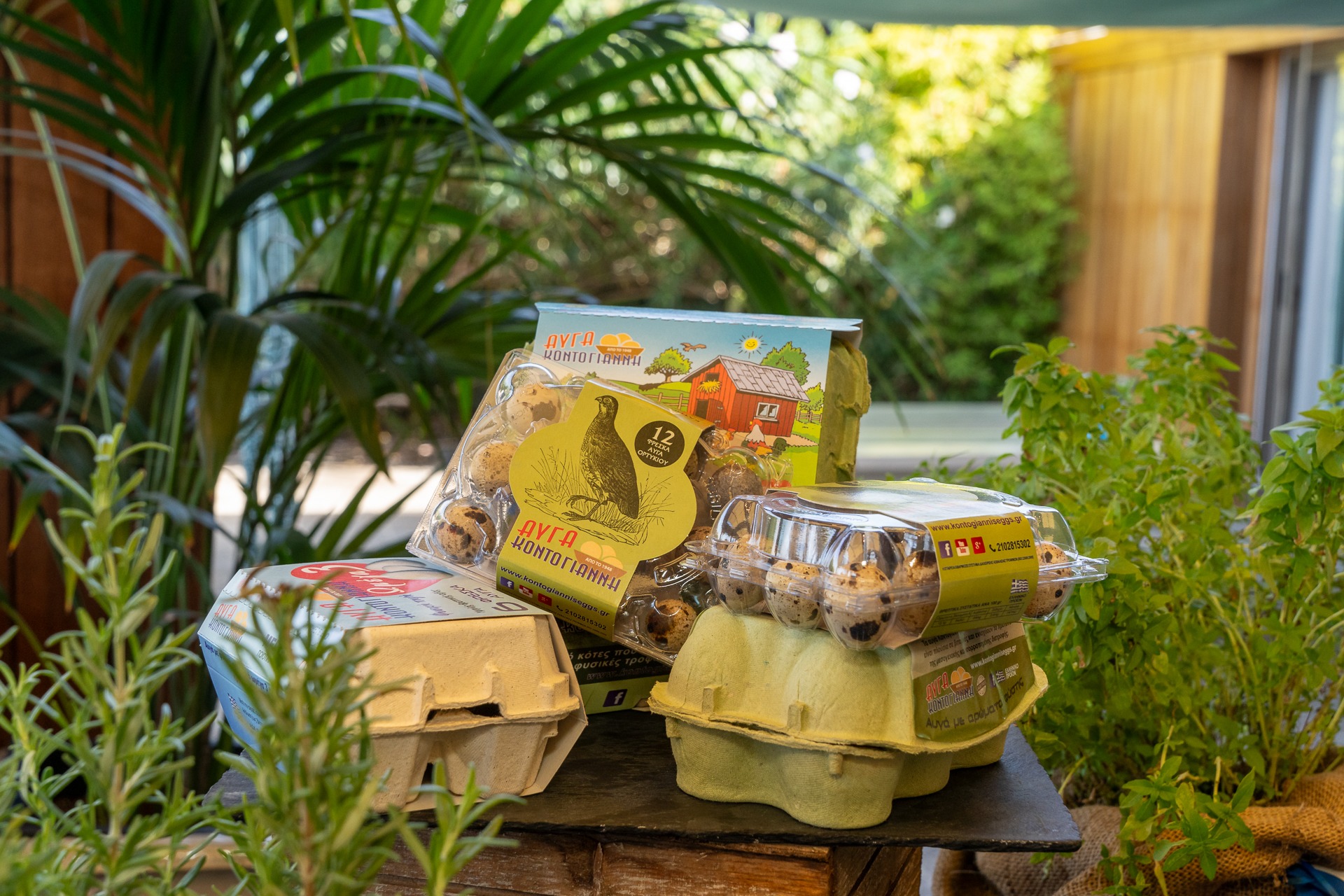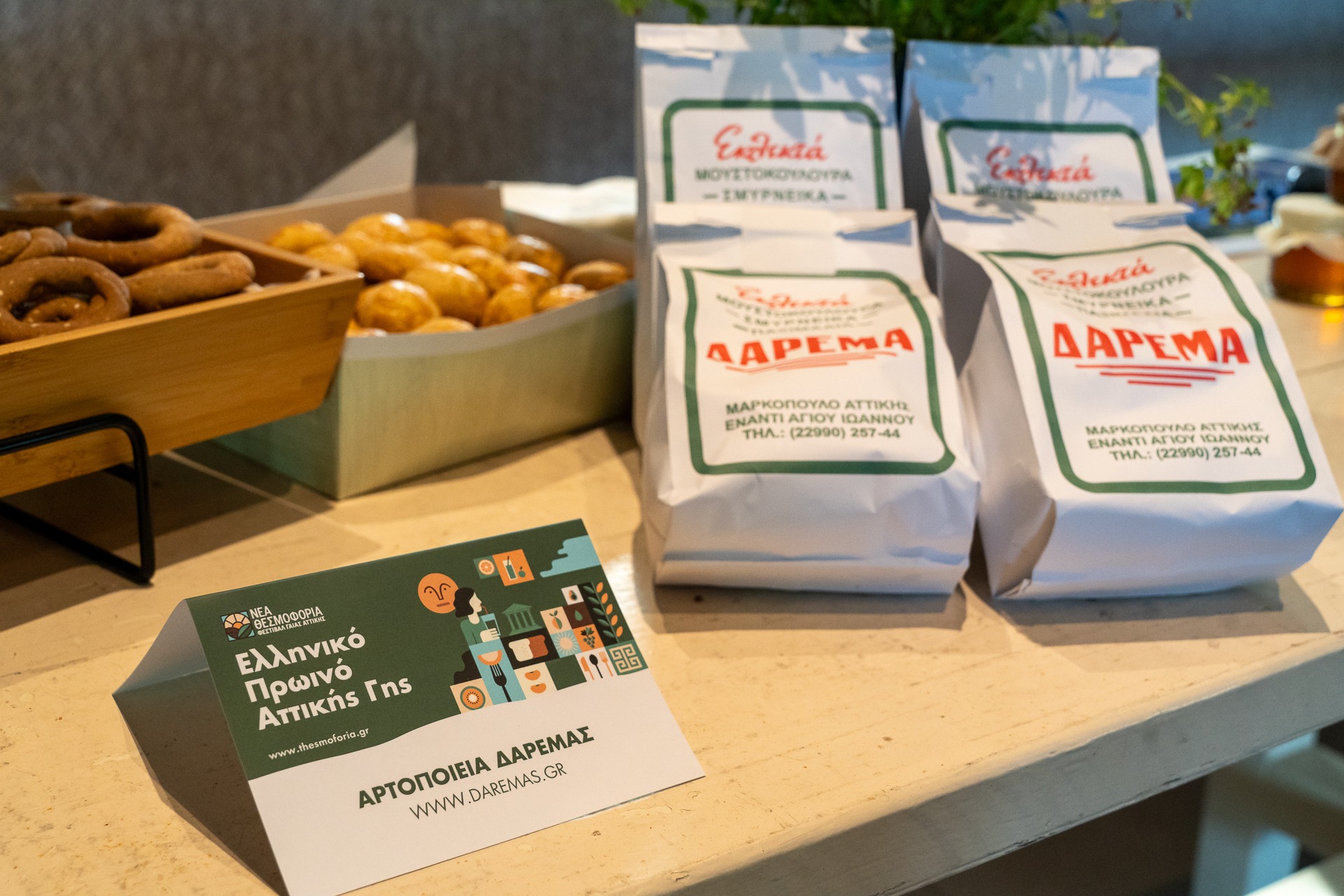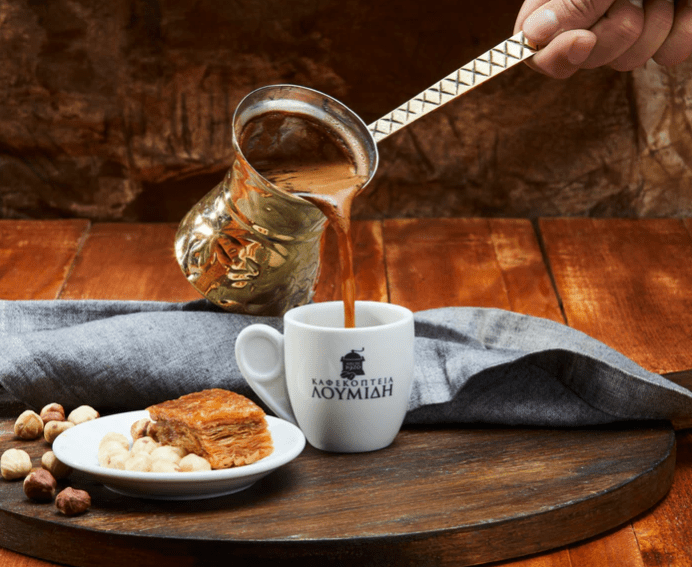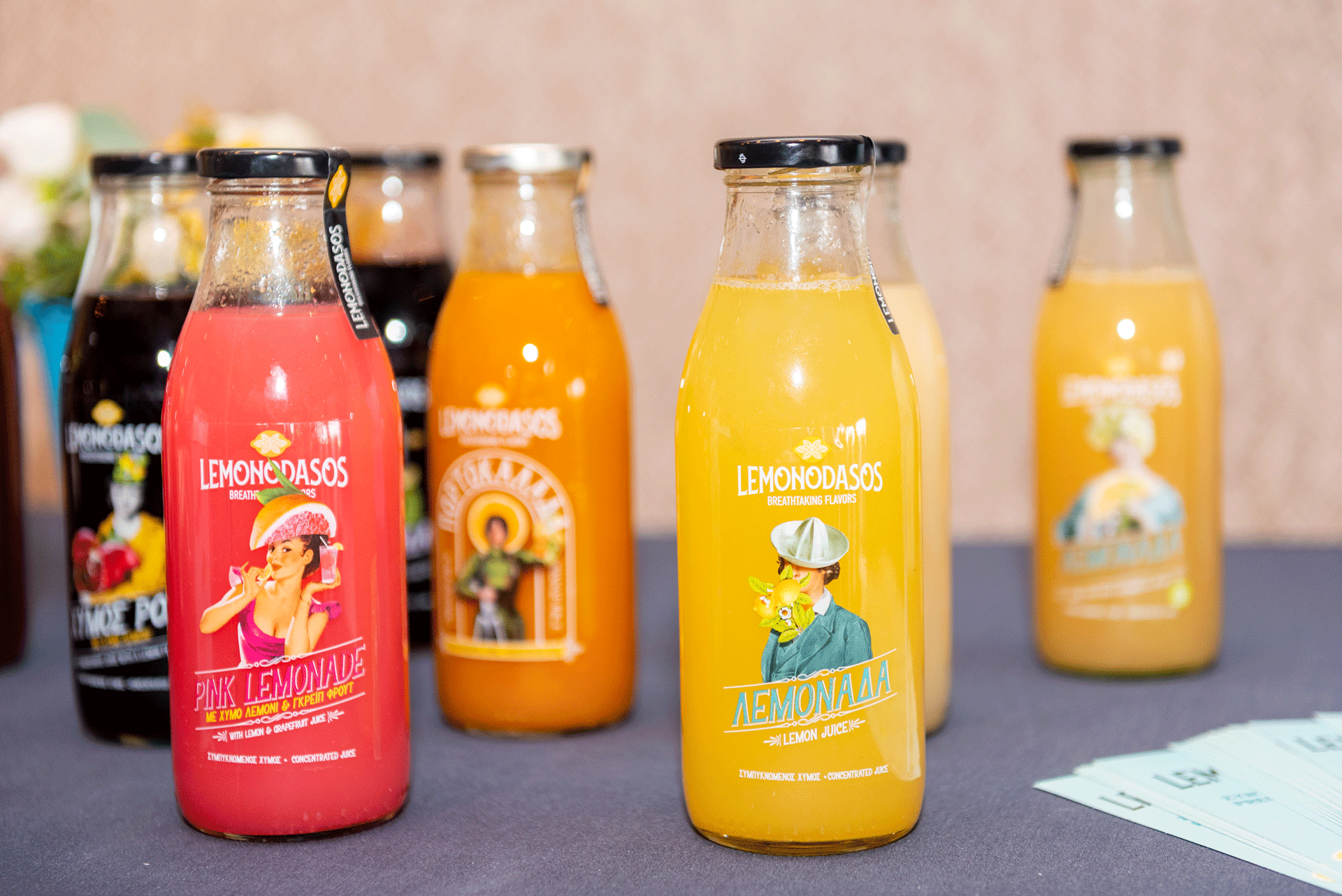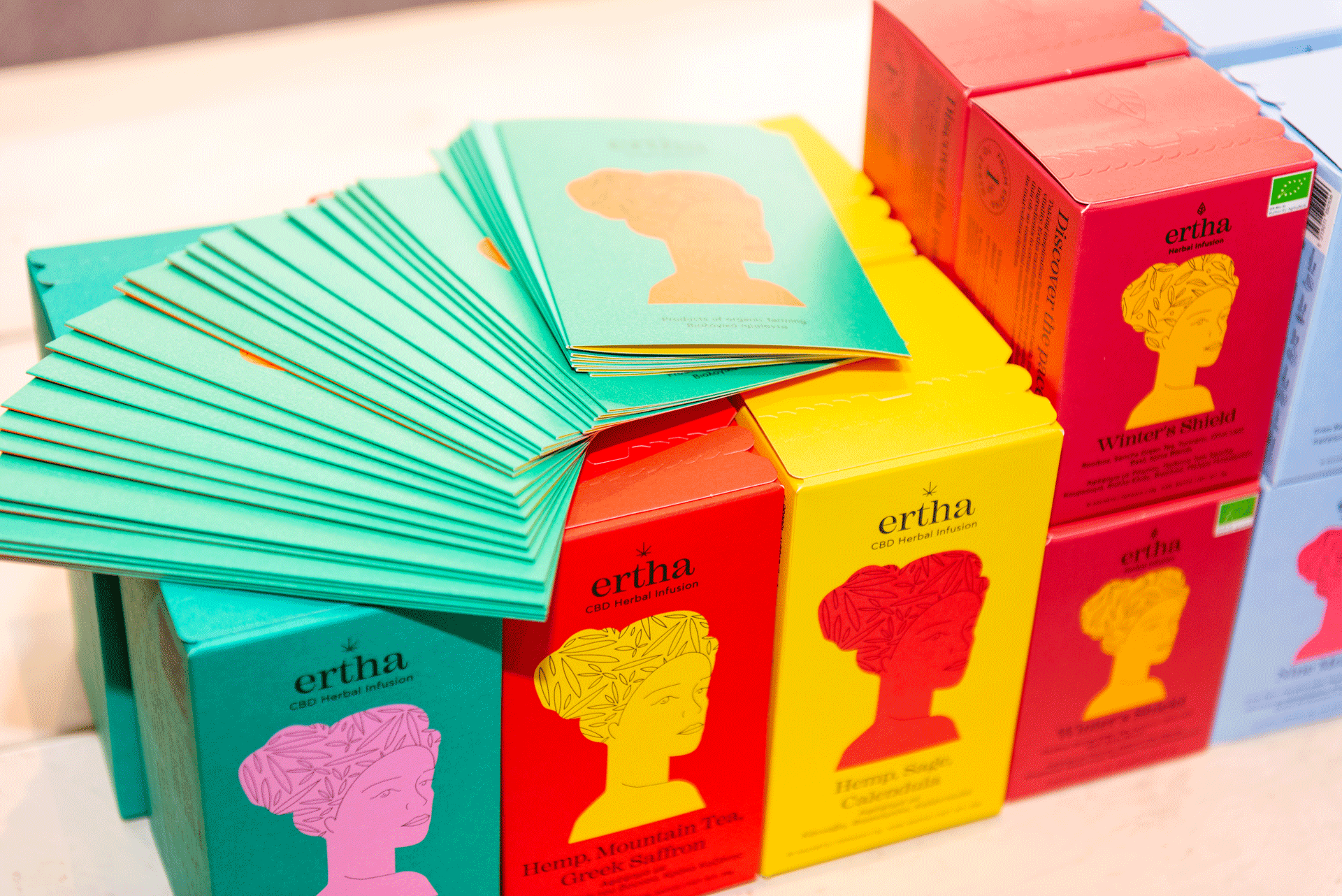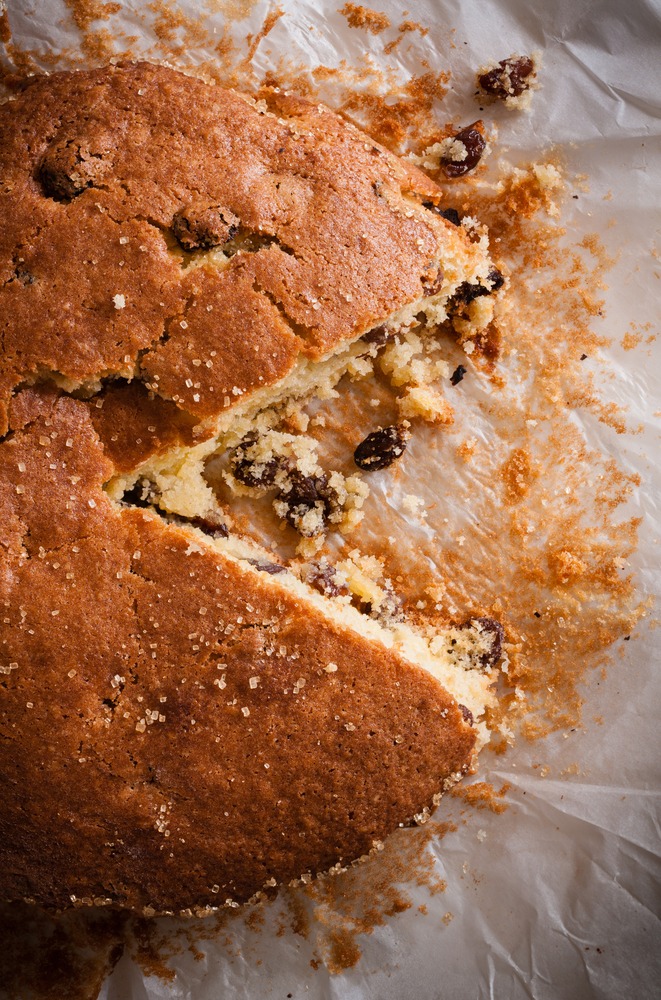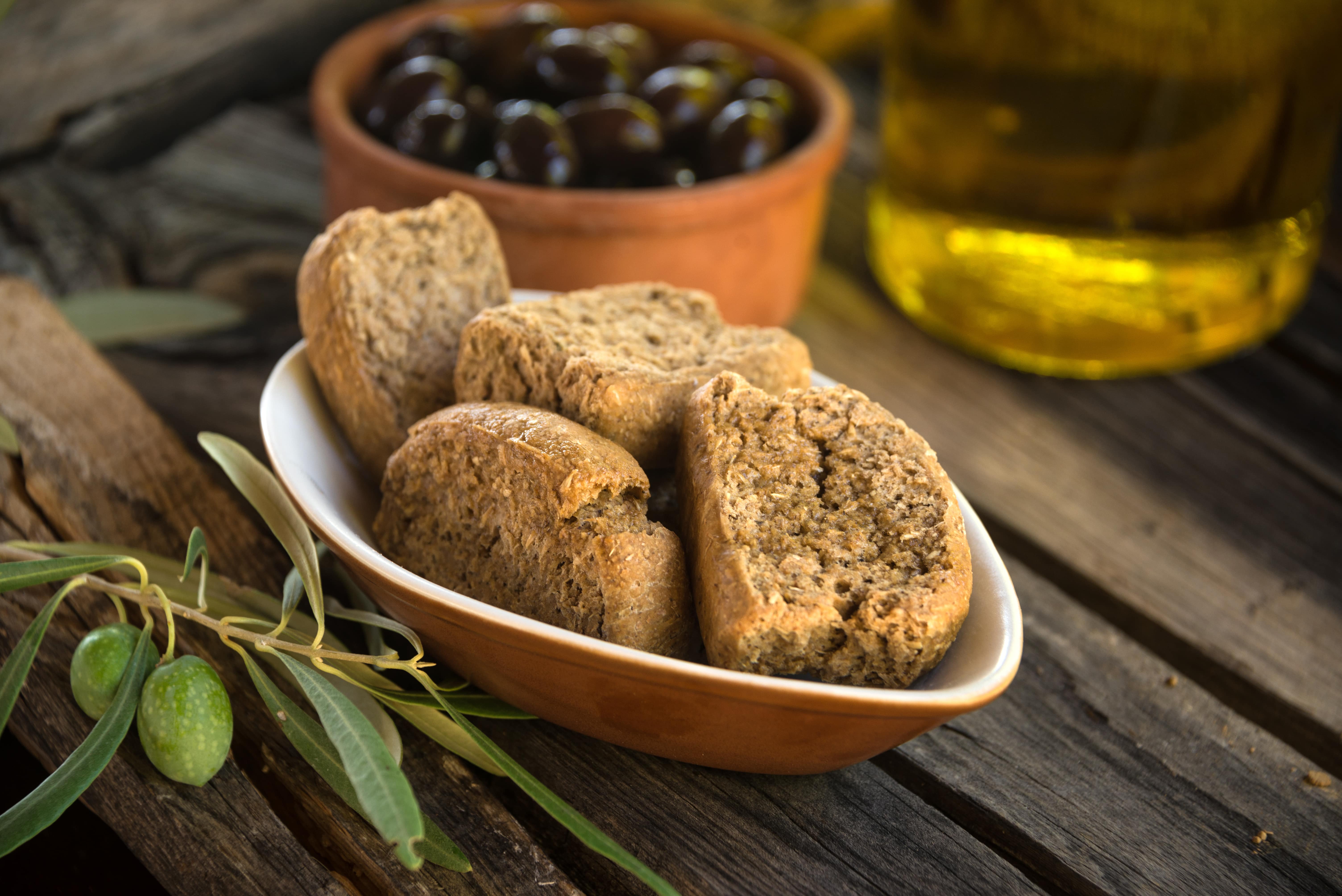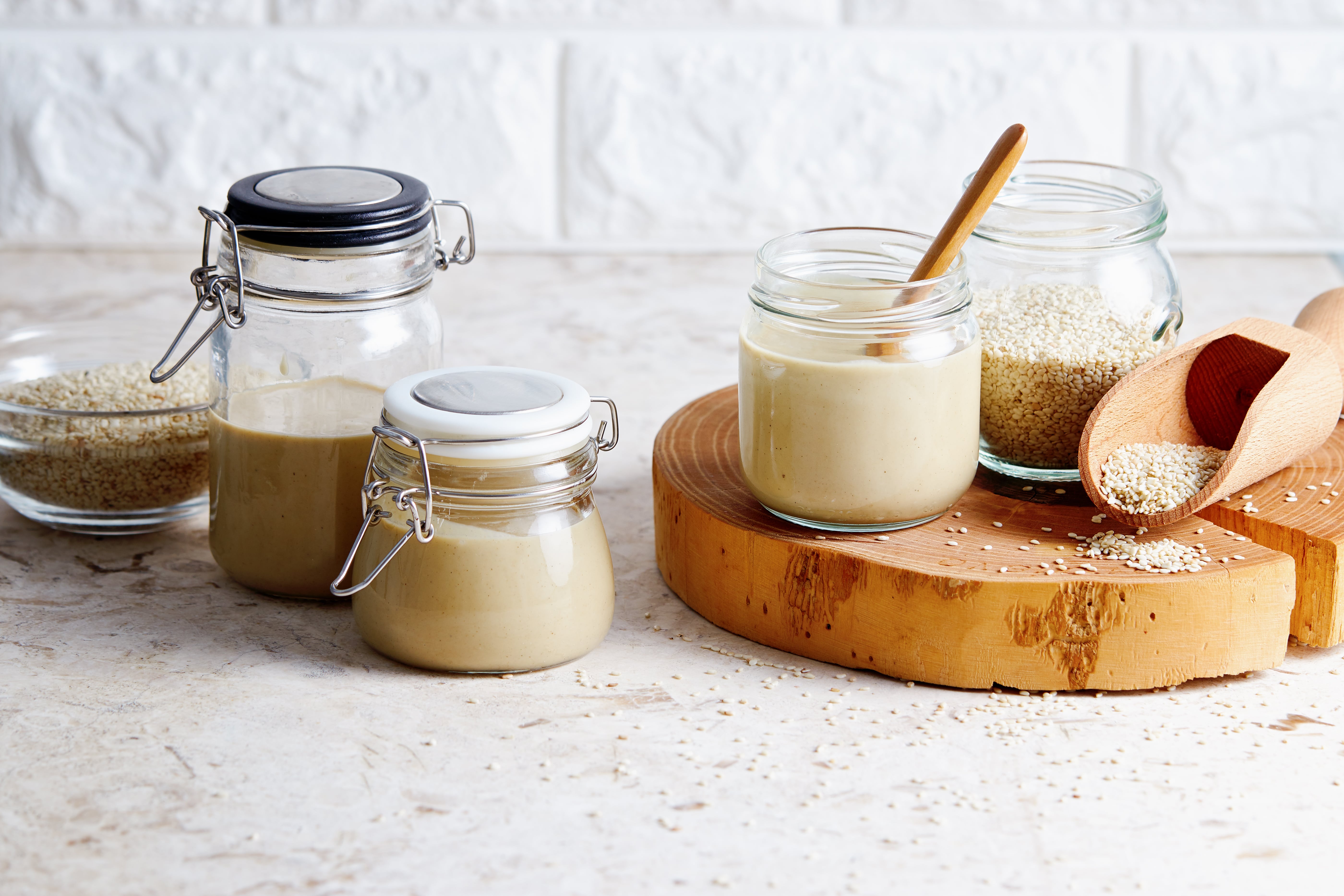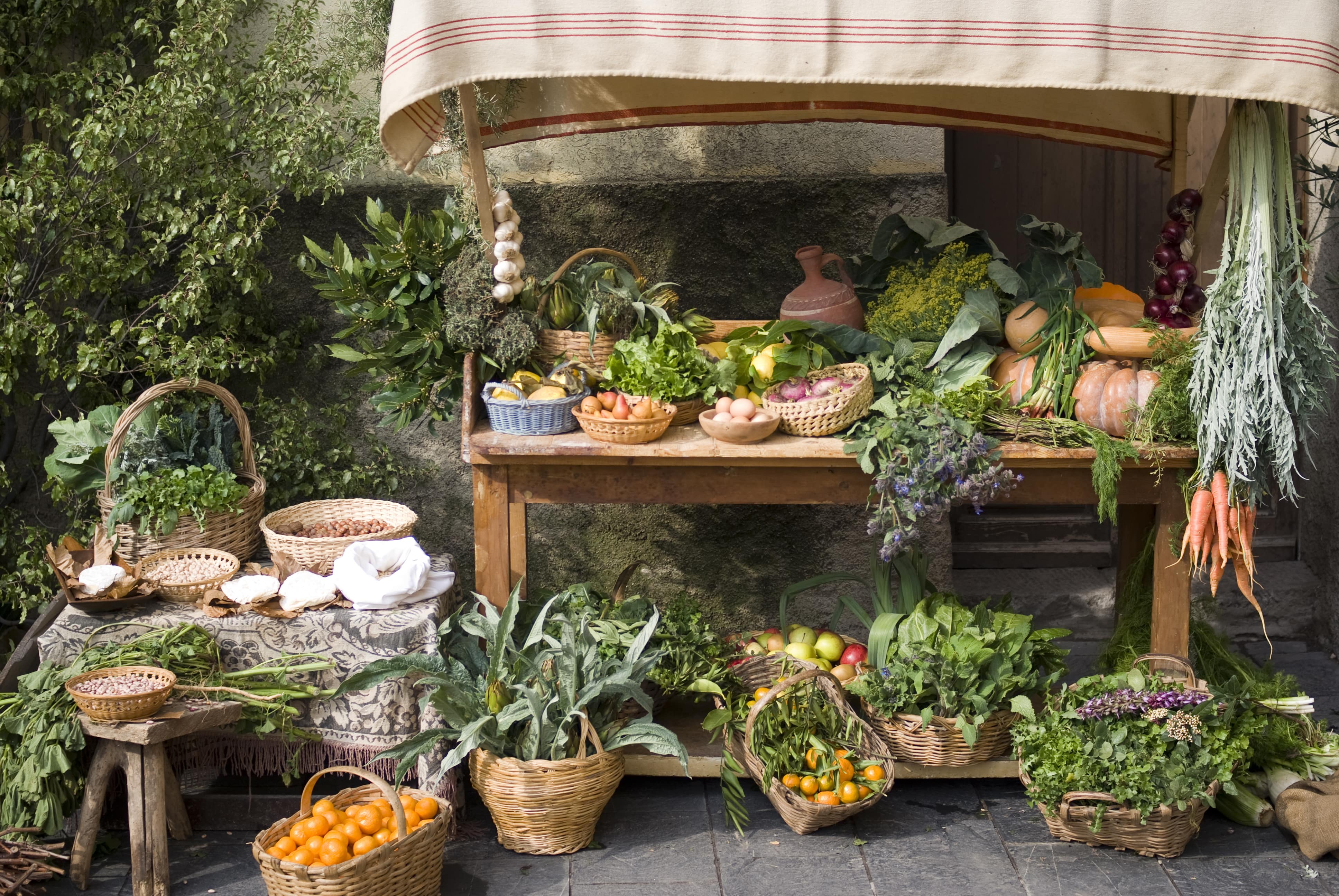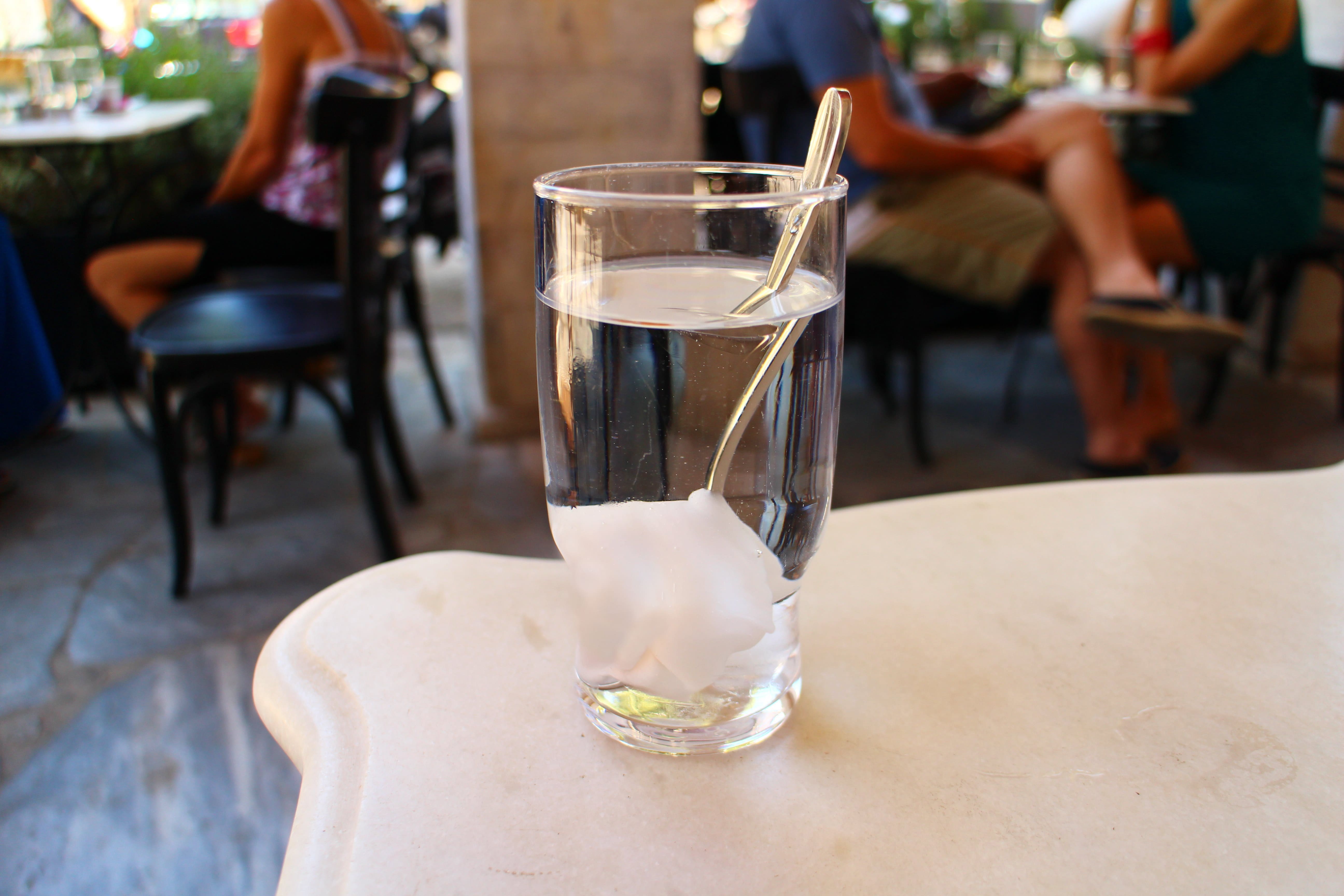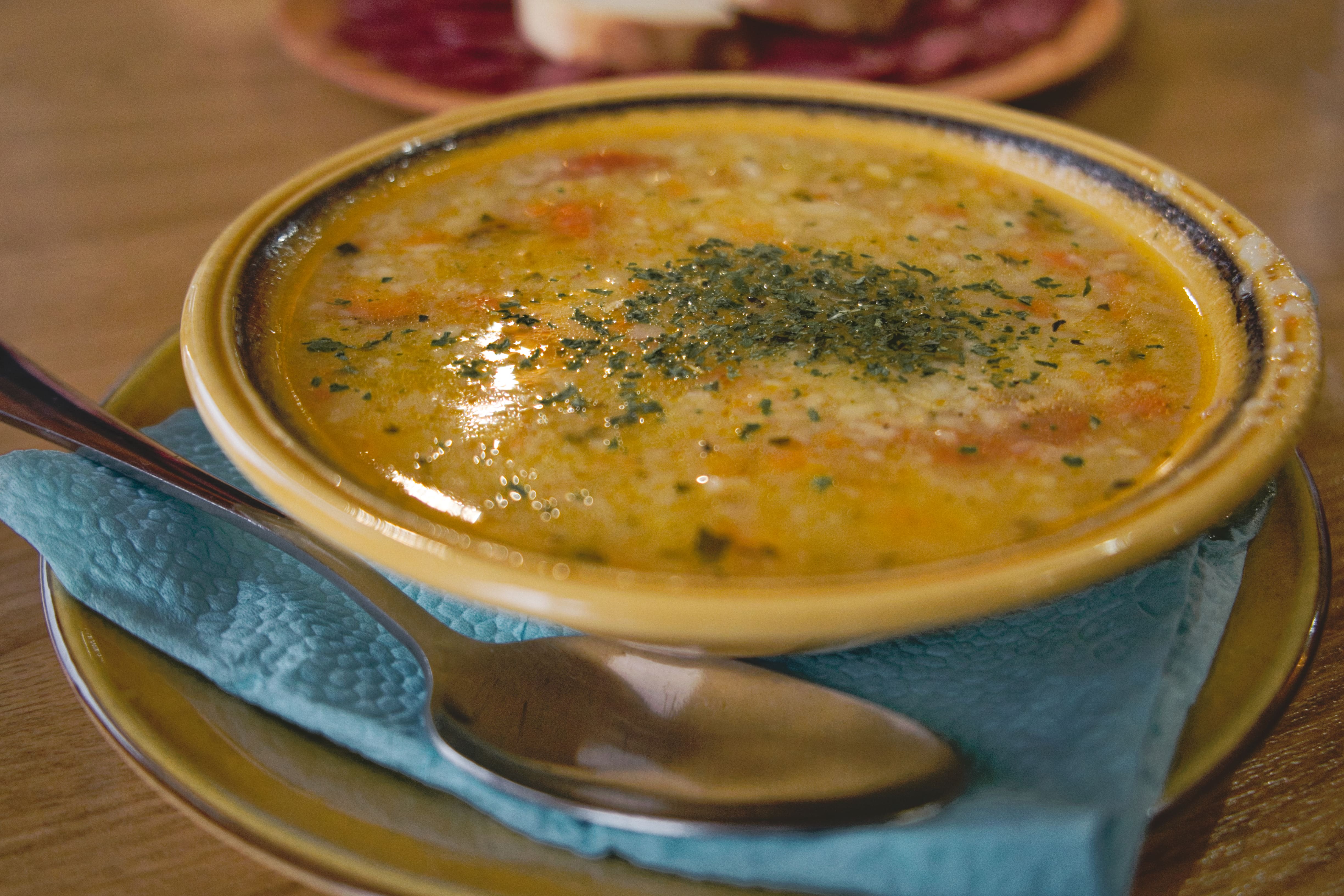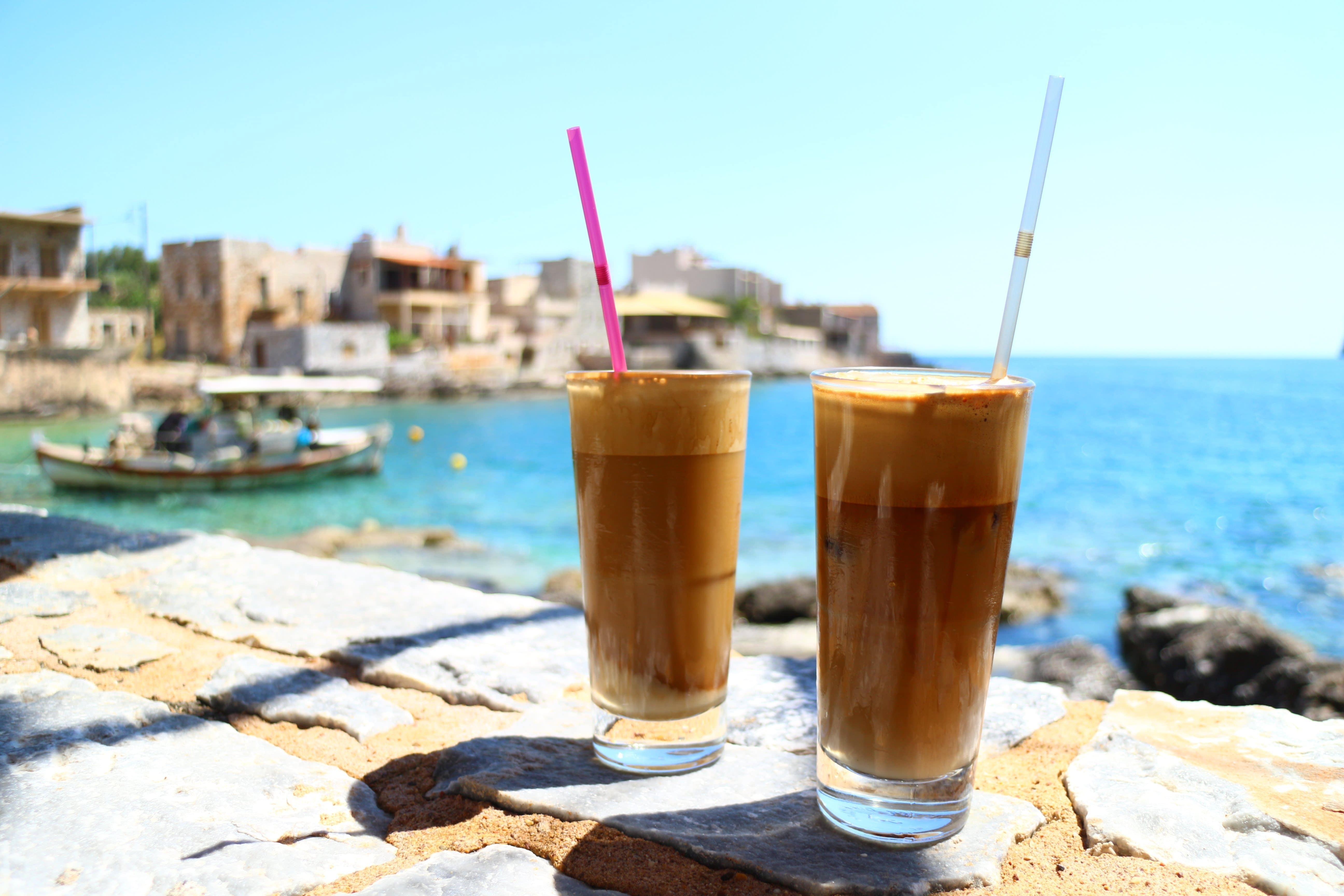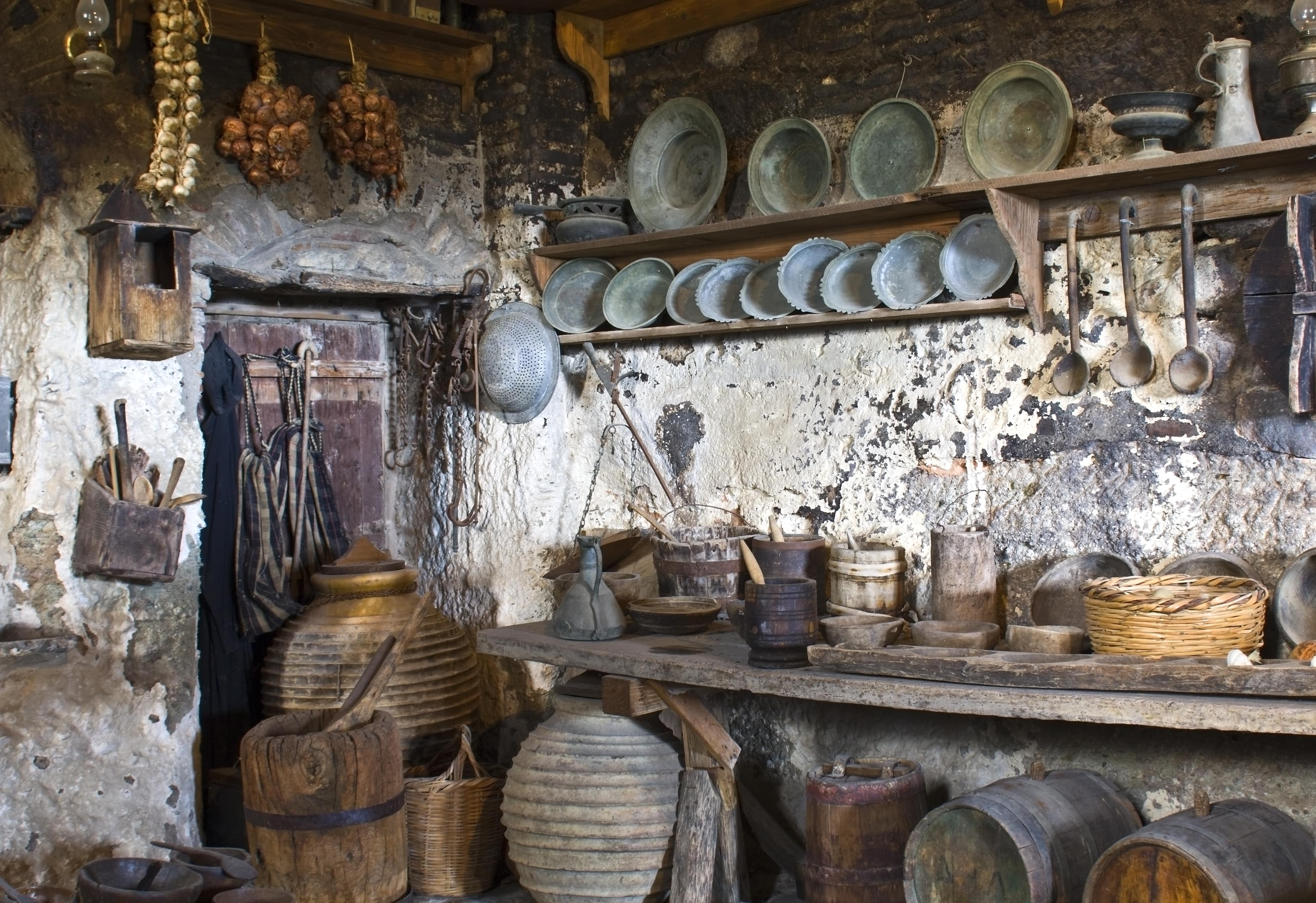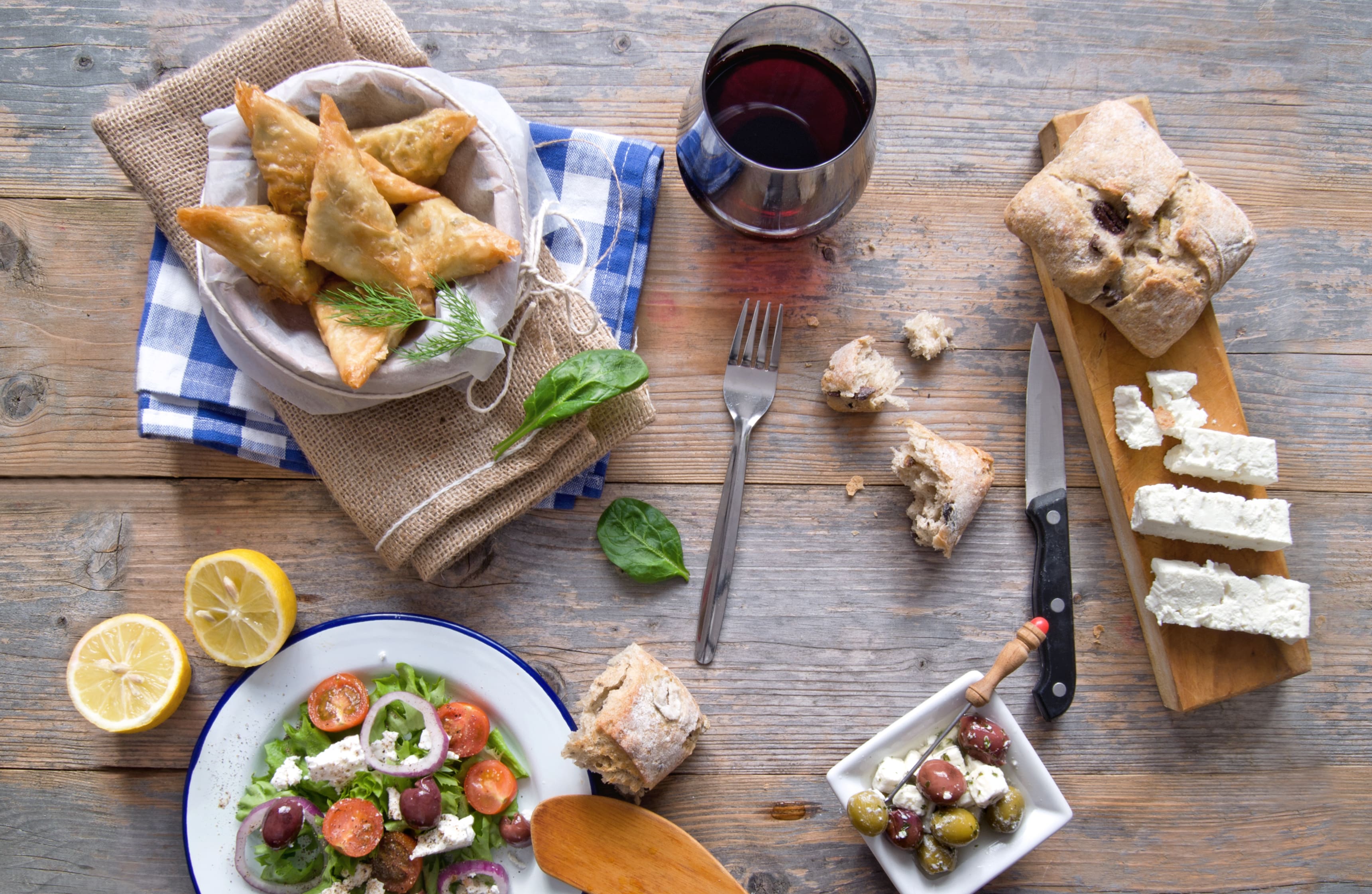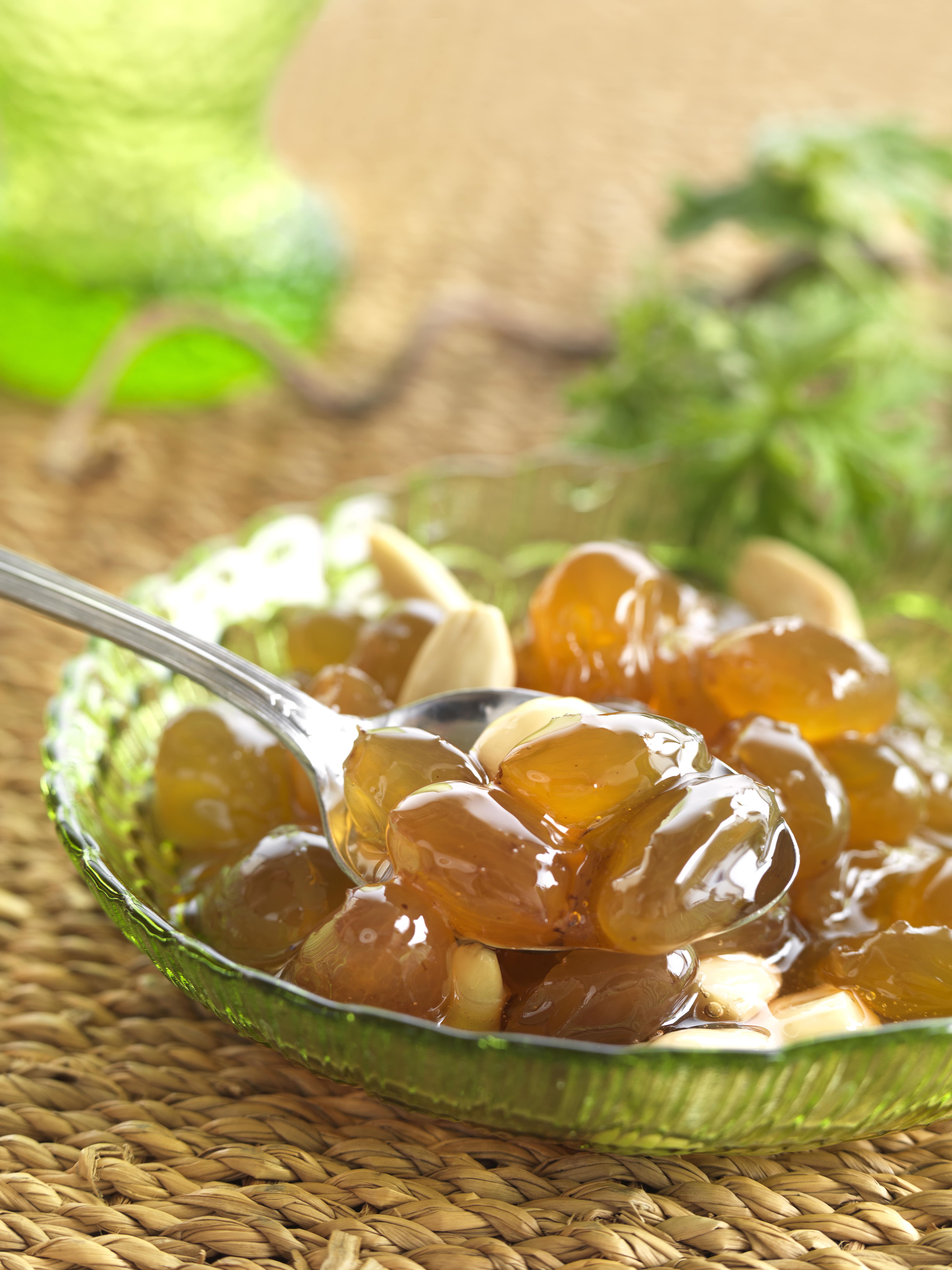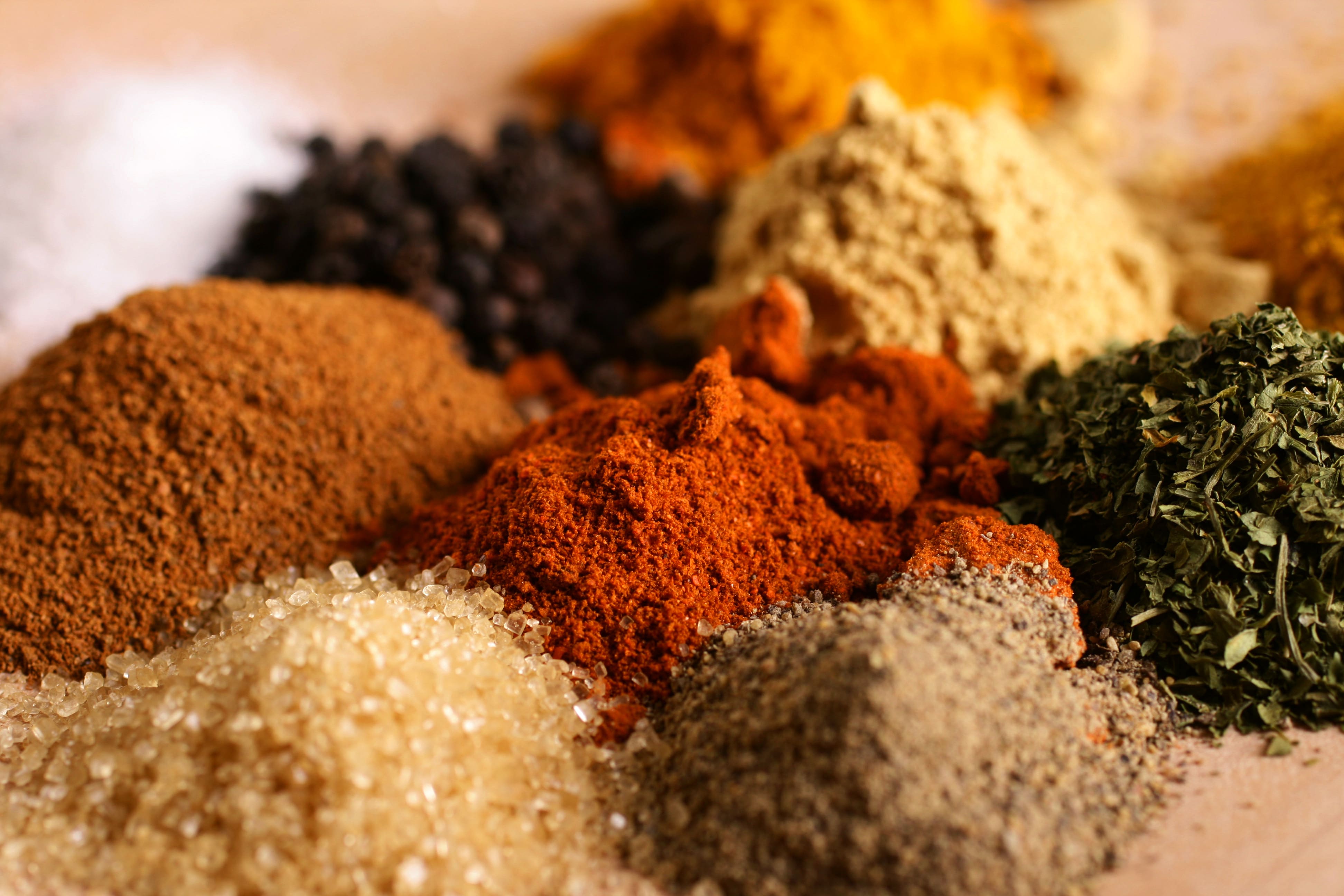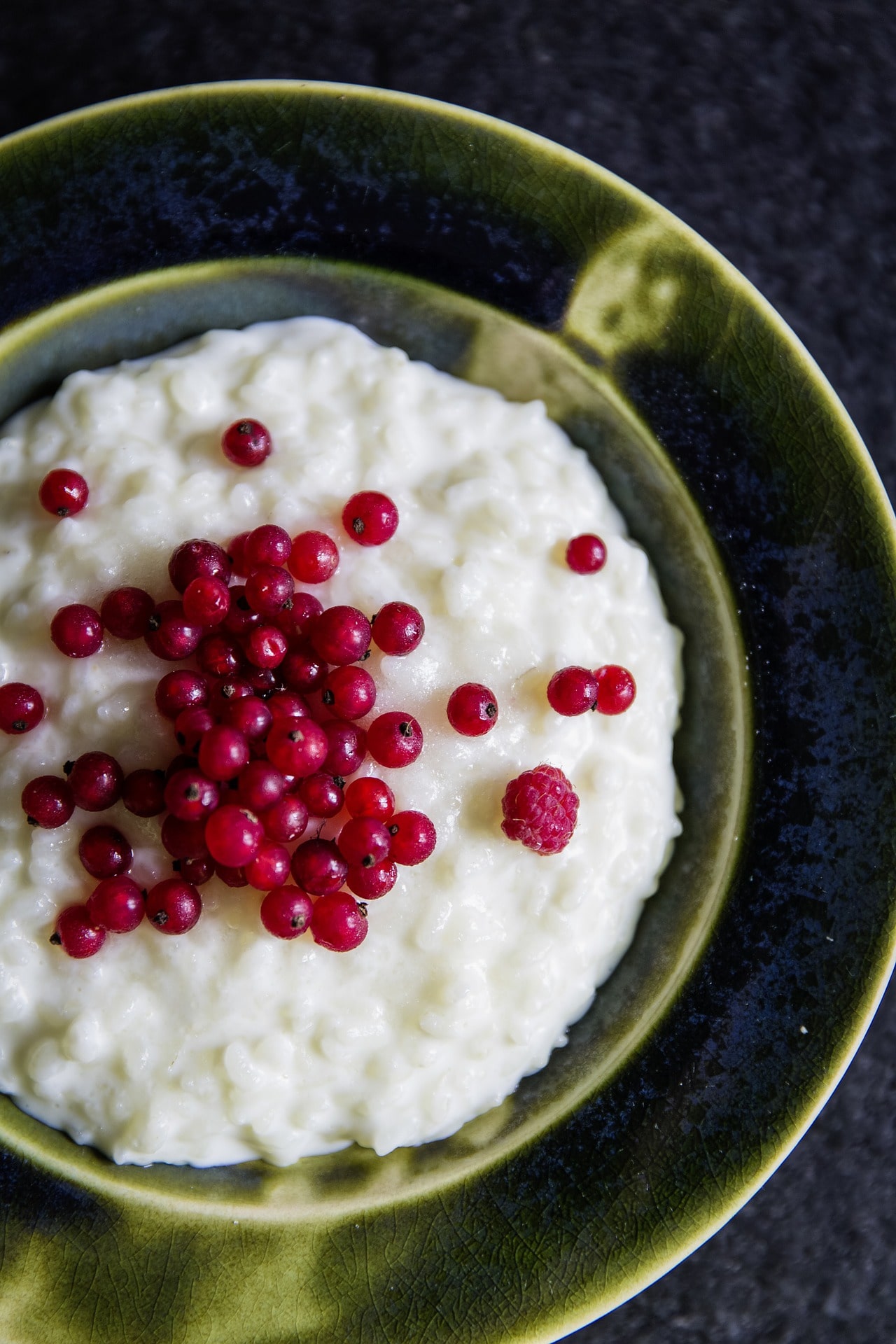Gia…giamas Beverages
Grandma Marika! A person of immense value and contribution to her family. She is the person who is the link between the past and the present, faithful to tradition but with a touch of differentiation,when all the grandmothers were making cherry schnapps, she was making lemonade! Grandmother Marika from Samos, born in 1927, always kept and maintained the traditions pure but always added her own ingredient, her own secret… Grandma Marika was not just anyone. Her admirers were always the children of the neighborhood who would gather, like a tender embrace, in her yard and call out to her, “Grandma, will you … Read more
